Blog
Jewellok is a professional pressure regulator and valve manufacturer and supplier.
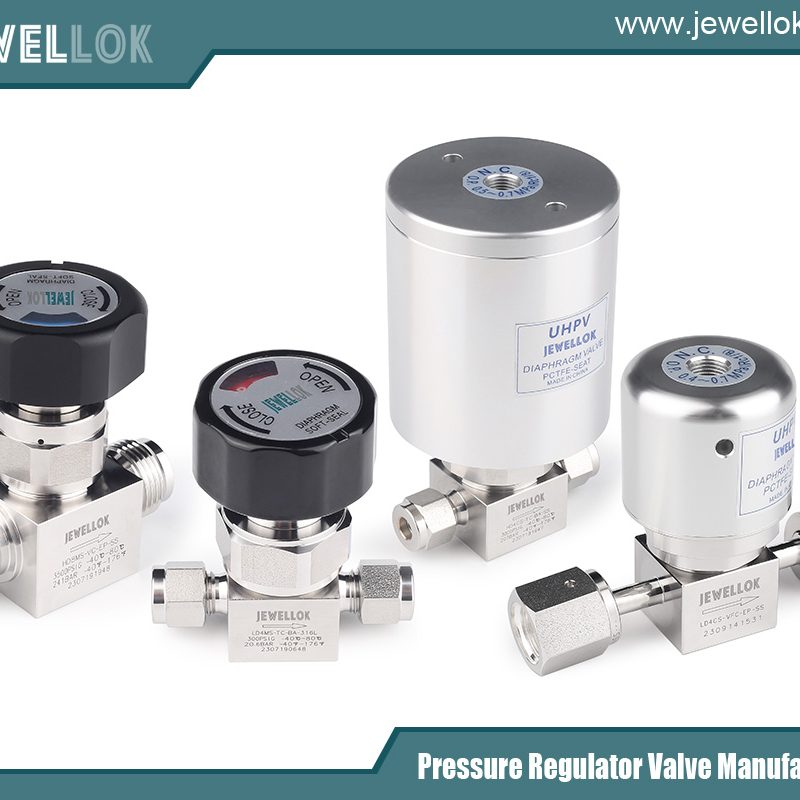
What is the Difference Between Ultra High Purity Gas Regulator Valve vs Ultra High Purity Diaphragm Valves
- Pressure Regulator Valve Manufacturer
- europe stainless steel diaphragm valve factory, europe stainless steel diaphragm valve manufacturer, high pressure diaphragm valves, high purity diaphragm valve, high purity diaphragm valves, italy industrial diaphragm valve factory, Low-pressure diaphragm valves, semiconductor valve manifold box diaphragm valves, ss diaphragm valve manufacturer, stainless steel diaphragm valve factory, stainless steel diaphragm valve manufacturers, uhp 316l stainless steel diaphragm valves, uhp diaphragm valve, ultra high purity diaphragm valve china, ultra high purity diaphragm valve factory, Ultra High Purity Diaphragm Valves, ultra high purity diaphragm valves hotsale, ultra high purity diaphragm valves manufacturer, Ultra High Purity Diaphragm Valves OEM, ultra high purity diaphragm valves supplier, ultra high purity diaphragm valves wholesale
- No Comments
What is the Difference Between Ultra High Purity Gas Regulator Valve vs Ultra High Purity Diaphragm Valves
Introduction
In the realm of high-tech industries such as semiconductor manufacturing, pharmaceutical production, and analytical instrumentation, the handling of ultra high purity (UHP) gases is paramount. These gases, often including nitrogen, oxygen, hydrogen, and specialty mixtures, must be delivered with minimal contamination to ensure process integrity and product quality. Two critical components in UHP gas systems are the UHP gas regulator valves and UHP diaphragm valves. While both are designed to maintain the purity of gases at levels exceeding 99.9999% (six nines purity), they serve distinct functions and feature unique designs tailored to specific operational needs.
A UHP gas regulator valve is primarily responsible for controlling and reducing the pressure of incoming gases from high-pressure sources, such as cylinders or bulk storage, to a stable, lower pressure suitable for downstream processes. In contrast, a UHP diaphragm valve acts as an on-off or throttling device, isolating the gas flow while preventing contamination from external sources or internal components. Understanding the differences between these two types of valves is essential for engineers, technicians, and system designers to select the appropriate equipment for their applications.
This article delves into the technical aspects of both valves, exploring their designs, materials, operational principles, advantages, limitations, and key differences. By examining these elements, we aim to provide a comprehensive guide that highlights how each valve contributes to maintaining ultra high purity in gas delivery systems. The discussion will emphasize the importance of purity in critical industries and how valve selection impacts overall system performance.

Understanding Ultra High Purity Gas Regulator Valves
Ultra high purity gas regulator valves are sophisticated devices engineered to manage gas pressure with exceptional precision while preserving the integrity of the gas stream. These regulators are typically installed at the point of use or immediately after the gas source to step down pressures that can range from 3000 psi (pounds per square inch) or higher to as low as 1 psi, depending on the application.
Design and Components
The core design of a UHP gas regulator valve revolves around a pressure-sensing mechanism, often a diaphragm or piston, which adjusts the valve opening to maintain a constant outlet pressure despite fluctuations in inlet pressure or flow demand. In UHP applications, diaphragms are preferred over pistons because they provide better isolation and reduce the risk of particle generation from metal-to-metal contact.
Key components include:
– Inlet and Outlet Ports: These are usually electropolished stainless steel fittings, such as VCR (Vacuum Coupling Radiation) or face seal connections, to minimize dead spaces where contaminants could accumulate.
– Pressure-Sensing Diaphragm: Made from materials like Hastelloy C-22 or 316L stainless steel with a high-purity finish, the diaphragm flexes in response to pressure changes, actuating the poppet or seat to control flow.
– Poppet and Seat: The poppet is the movable element that seals against the seat to regulate flow. In UHP regulators, these are often made from PCTFE (polychlorotrifluoroethylene) or other soft polymers to ensure a tight seal without generating particles.
– Bonnet and Adjustment Mechanism: The bonnet houses the spring or dome that sets the desired outlet pressure. For UHP models, the bonnet is vented or purged to prevent atmospheric contamination.
UHP regulators often incorporate features like tied-diaphragm designs, where the diaphragm is mechanically linked to the poppet, enhancing reliability and reducing leak paths.
Operational Principles
The operation of a UHP gas regulator is based on force balance. The inlet pressure pushes against the diaphragm, opposed by a spring force set by the user. When the outlet pressure drops due to increased demand, the diaphragm moves to open the valve wider, allowing more gas to flow until equilibrium is restored. Conversely, if pressure rises, the valve closes slightly.
In UHP environments, regulators must handle low flow rates accurately, often down to 1 sccm (standard cubic centimeters per minute), without introducing impurities. Surface finishes are critical; internal surfaces are electropolished to Ra values of 5 microinches or better to minimize adsorption sites for moisture or hydrocarbons.
Materials and Purity Considerations
Materials selection is crucial for UHP regulators. 316L VIM-VAR (Vacuum Induction Melted-Vacuum Arc Remelted) stainless steel is standard for wetted parts due to its low inclusion content and corrosion resistance. Elastomers, if used, are limited to high-purity grades like FFKM (perfluoroelastomer) to avoid outgassing.
Purity is maintained through rigorous manufacturing processes, including cleanroom assembly, helium leak testing to rates below 10^-9 atm-cc/sec, and particle counting to ensure fewer than 10 particles per cubic foot greater than 0.1 microns.
Applications
UHP gas regulators are ubiquitous in semiconductor fabs for processes like chemical vapor deposition (CVD), where precise pressure control of silane or arsine gases is needed. In pharmaceuticals, they regulate inert gases for blanketing reactors. Analytical labs use them for gas chromatography carriers like helium.
Advantages include excellent pressure stability (±0.1% of setpoint), low droop (pressure drop under flow), and compatibility with corrosive gases. However, they are not ideal for complete shut-off, as they may have slight leakage.
Understanding Ultra High Purity Diaphragm Valves
Ultra high purity diaphragm valves are isolation valves designed for on-off control or modulation in high-purity gas lines. Unlike regulators, their primary role is not pressure reduction but flow control with absolute sealing to prevent contamination.
Design and Components
The hallmark of a diaphragm valve is its flexible diaphragm, which separates the process fluid from the actuator mechanism. This design eliminates stem seals, packing, or other potential leak sources.
Key components include:
– Body: Typically a two-port or multi-port forged 316L stainless steel block with minimal internal volume to reduce purging time.
– Diaphragm: A thin, flexible membrane, often multi-layered, made from PTFE (polytetrafluoroethylene) backed by stainless steel or Elgiloy for strength. It seals the valve by pressing against a weir or seat.
– Actuator: Can be manual (handwheel), pneumatic, or electric. In UHP models, pneumatic actuators are common for remote operation, with fail-safe positions.
– Weir or Seat: The raised area in the body against which the diaphragm seals. For UHP, it’s polished to mirror finishes.
Diaphragm valves come in straight-through or weir-type configurations. Weir-types are more common in UHP due to better flow characteristics and easier cleaning.
Operational Principles
When closed, the actuator compresses the diaphragm against the weir, creating a hermetic seal. Opening the valve lifts the diaphragm, allowing gas to flow. The diaphragm’s flexibility ensures no metal-to-metal contact in the flow path, minimizing particle shedding.
In UHP systems, these valves often feature bake-out capabilities up to 150°C to remove adsorbed moisture. Cycle life is high, often exceeding 1 million cycles, thanks to the diaphragm’s resilience.
Materials and Purity Considerations
Similar to regulators, wetted parts are 316L VIM-VAR stainless steel with electropolished finishes. Diaphragms are virgin PTFE or modified PTFE for chemical inertness. Assembly occurs in ISO Class 5 cleanrooms, with testing for helium leaks and particle generation.
Purity is enhanced by the valve’s dead-leg-free design, which prevents gas stagnation and contaminant buildup.
Applications
UHP diaphragm valves are essential in biotechnology for sterile gas transfer, in solar panel manufacturing for silane handling, and in LED production for dopant gases. They excel in systems requiring frequent cycling or where zero leakage is critical, such as vacuum lines.
Advantages include superior leak-tightness (better than 10^-10 atm-cc/sec), easy maintenance (diaphragm replacement without removing valve from line), and resistance to aggressive media. Limitations include higher pressure drops compared to ball valves and potential for diaphragm fatigue over time.
Key Differences Between UHP Gas Regulator Valves and UHP Diaphragm Valves
While both valves are integral to UHP gas systems, their differences lie in function, design, performance, and application suitability.
Functional Differences
The most fundamental difference is their purpose. UHP gas regulator valves are pressure controllers, dynamically adjusting to maintain a set outlet pressure. They are not designed for complete isolation; even when “closed,” they may allow minimal flow to sense pressure. In contrast, UHP diaphragm valves are flow controllers, providing positive shut-off to isolate sections of the system.
For instance, in a gas delivery manifold, a regulator might reduce cylinder pressure from 2000 psi to 50 psi, while diaphragm valves would be used to switch between cylinders or vent lines.
Design and Construction Differences
Regulators incorporate pressure-sensing elements and adjustment mechanisms, making them more complex with springs, bonnets, and gauges. Diaphragm valves are simpler, focusing on the diaphragm-actuator interface.
In terms of flow path, regulators often have a tortuous path for pressure reduction, which can introduce more potential for contamination if not properly designed. Diaphragm valves offer a straight-through path with minimal crevices.
Materials overlap, but regulators may use more metallic components in the sensing area, while diaphragm valves rely heavily on polymeric diaphragms for sealing.
Performance Characteristics
Pressure handling differs: Regulators manage high inlet pressures with low outlet, exhibiting low droop and lock-up (pressure rise when flow stops). Diaphragm valves are rated for full line pressure but introduce Cv (flow coefficient) values that affect system flow rates.
Purity maintenance: Both excel, but diaphragm valves provide better isolation from actuators, reducing risk from lubricants or atmospheric ingress. Regulators might require purging ports for similar protection.
Cycle life and maintenance: Diaphragm valves are built for high cycles but require diaphragm replacement periodically. Regulators have longer service intervals but may need recalibration.
Advantages and Limitations in Comparison
UHP regulators offer precise control unattainable by diaphragm valves alone, making them indispensable for processes sensitive to pressure variations. However, they are more expensive and bulkier.
Diaphragm valves provide reliability in isolation, with lower cost per unit, but lack inherent pressure regulation, often requiring pairing with regulators.
In corrosive environments, both perform well, but diaphragm valves’ PTFE components give them an edge with highly reactive gases.
Application-Specific Differences
In semiconductor etching, a regulator ensures consistent precursor gas pressure to the chamber, while diaphragm valves control gas entry timing. In pharmaceutical filling lines, regulators maintain blanket gas pressure, and diaphragm valves ensure sterile isolation.
Choosing between them depends on whether the need is for pressure stability or flow isolation. Often, systems integrate both for optimal performance.
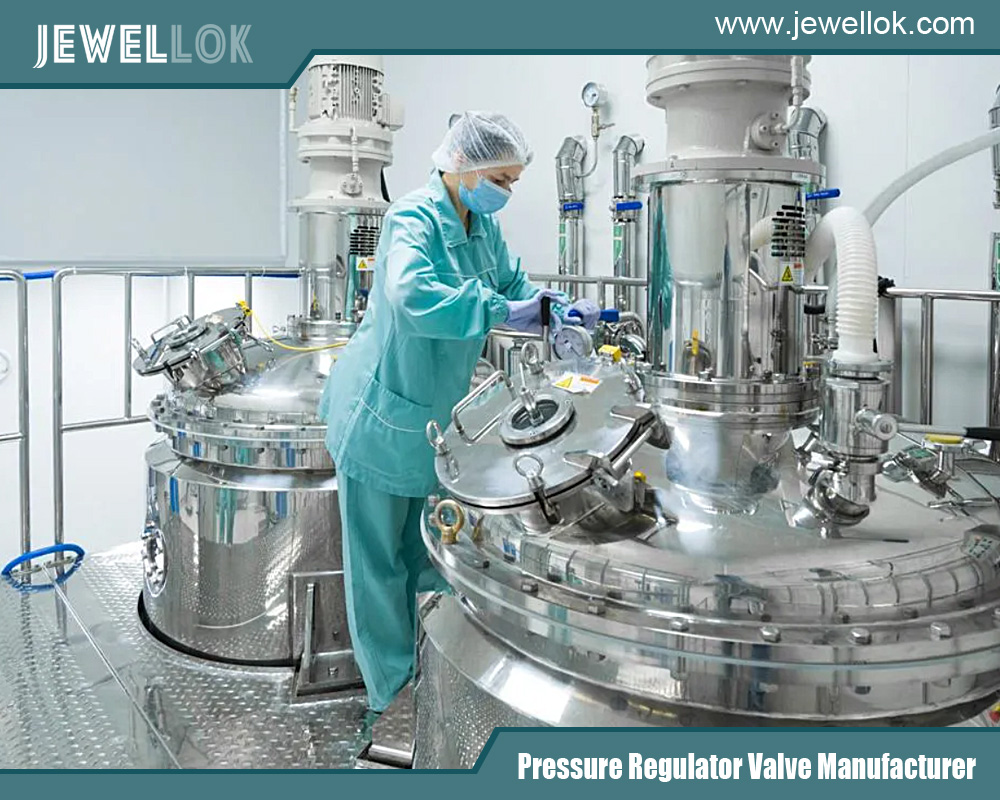
Conclusion
The difference between ultra high purity gas regulator valves and ultra high purity diaphragm valves boils down to their roles in gas management: regulation versus isolation. While sharing goals of purity preservation through advanced materials and designs, their operational principles and applications set them apart. Engineers must consider system requirements, such as pressure control needs versus shut-off reliability, when selecting valves.
By understanding these distinctions, industries can enhance efficiency, reduce contamination risks, and improve product yields. As technology advances, hybrid designs may emerge, but for now, these valves remain foundational to UHP gas handling.
For more about what is the difference between ultra high purity gas regulator valve vs ultra high purity diaphragm valves, you can pay a visit to Jewellok at https://www.jewellok.com/product-category/ultra-high-purity-diaphragm-valves/ for more info.
Recent Posts
The Complete Guide to Camco 59013 Single Stage Propane Regulator
A Closer Look at How a Single-Stage Propane Regulator Works
The Adjustable Back Pressure Regulator Application Guide
What is a High Pressure Argon Gas Regulator?
How a Gauged Two-Stage Propane Gas Pressure Regulator Works
The Best Natural Gas Pressure Regulators Manufacturers in USA
How to Choose the Right Laboratory Gas Valves
Tags
Recommended Products
-
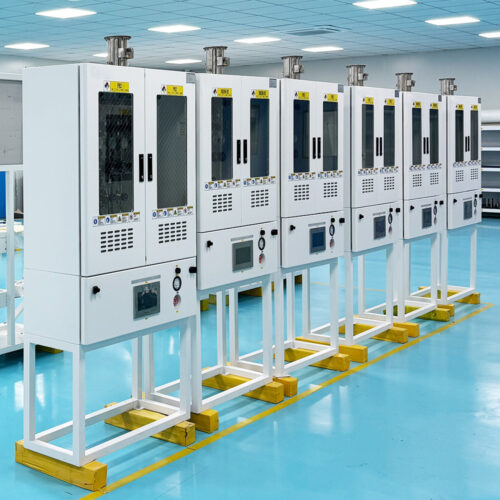
Ultra High Purity Gas Delivery Systems And Liquid Chemical Delivery Systems JW-300-LDS
-
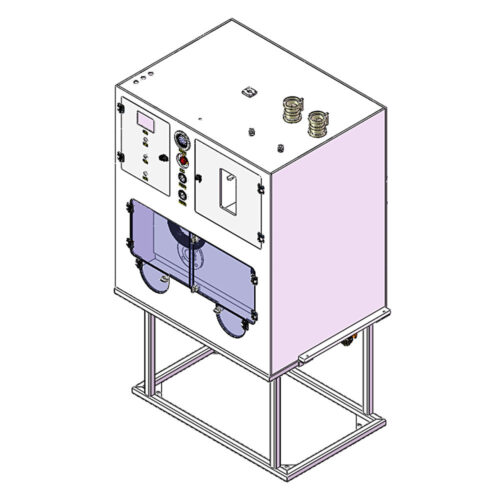
Clean Connection Cabinet JW-300-CCB Valve Manifold Box And Control Valve Box
-
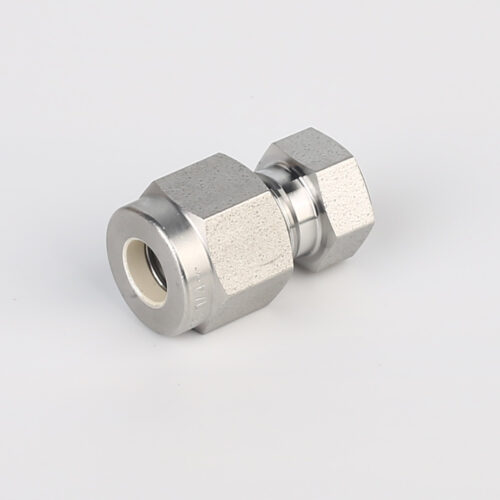
7108L Cylinder Cap Connectors For Ultra High Purity Gases
-

Integrated Gas System (IGS) Modular Integrated Gas Systems (TMS) Integrated Gas Supply System For Semiconductor And Laboratory
-
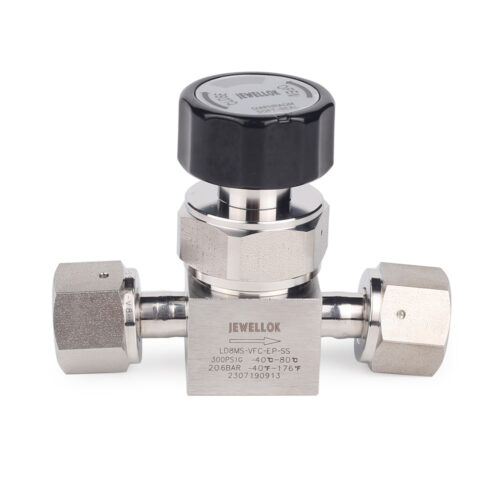
Flow Control Stainless Steel Low Pressure Manual Diaphragm Valve For High Purity And Ultra High Purity Gases
-
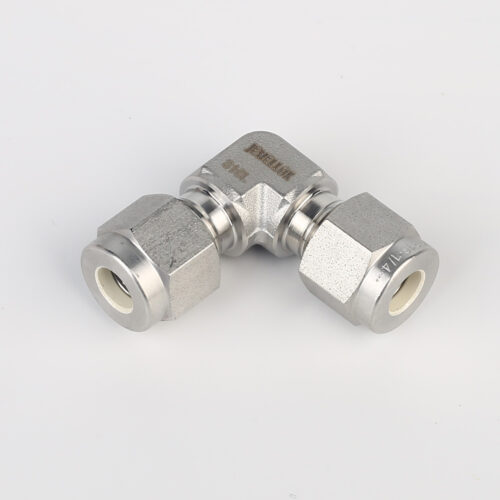
765L Stainless Steel Union Elbow Reducing High Purity Fitting Tubing Extension Tubing Connection
-

VMB Valve Manifold Box And Panel Gas Cabinet, BSGS Gas Cabinets, TMA Gas Cabinets, Scrubber Tail Gas Treatment Cabinets
-
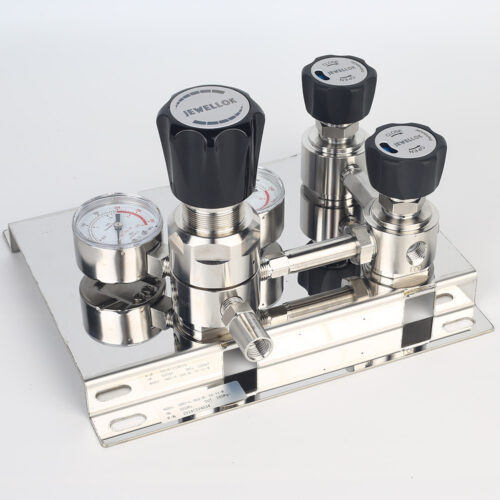
Stainless Steel 316L Single Stage Regulator Pressure Control Panels JSP-1E Series For Semiconductor Fluid Control